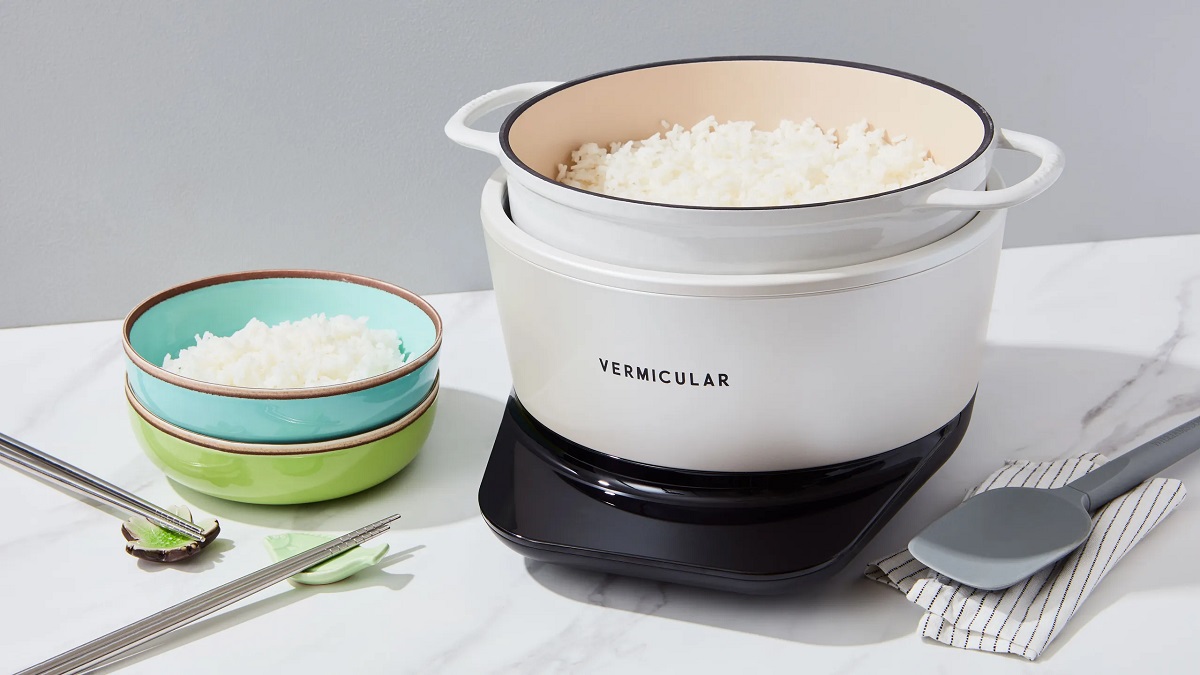

Articles
How To Use Dutch Oven As Slow Cooker
Modified: February 29, 2024
Learn how to use a Dutch oven as a slow cooker with these helpful articles. Discover tips and recipes for delicious and easy slow-cooked meals.
(Many of the links in this article redirect to a specific reviewed product. Your purchase of these products through affiliate links helps to generate commission for Storables.com, at no extra cost. Learn more)
Introduction
In today’s busy world, finding convenient and efficient cooking methods is essential. The Dutch oven has long been known for its versatility in the kitchen, and one of its lesser-known uses is as a slow cooker. Slow cooking is a popular method that allows you to prepare delicious, tender meals with minimal effort and maximum flavor.
If you’re not familiar with a Dutch oven, it is a heavy, lidded pot usually made of cast iron or enameled cast iron. The thick walls and tight-fitting lid help to distribute heat evenly, making it perfect for slow cooking. In this article, we will explore how to use a Dutch oven as a slow cooker, discuss the benefits of this method, and provide tips and recipes to elevate your slow cooking game.
Key Takeaways:
- Transform your Dutch oven into a versatile slow cooker for tender, flavorful meals with minimal effort. Enjoy even heat distribution, convenience, and cost-effectiveness while elevating your culinary skills.
- Embrace the world of slow cooking with a Dutch oven, unlocking rich, complex flavors and succulent textures. Choose the right size, prep with care, and savor mouthwatering recipes for a delightful cooking experience.
Read more: How To Use A Roaster Oven Like A Slow Cooker
What is a Dutch Oven?
A Dutch oven is a versatile and durable cooking pot with a tight-fitting lid. It is typically made of cast iron or enameled cast iron, which allows for even heat distribution and retention. The design of the Dutch oven goes back centuries, and it has been a staple in kitchens around the world.
The Dutch oven got its name from the Dutch settlers who first brought it to America. However, variations of this cooking vessel can be found in many different cultures and cuisines. It is a truly versatile piece of cookware that can be used for baking, braising, frying, sautéing, and of course, slow cooking.
The Dutch oven’s heavy construction helps to retain and distribute heat evenly, making it ideal for slow cooking. The thick walls and tight-fitting lid trap the heat and moisture inside, creating the perfect environment for tenderizing tough cuts of meat, simmering flavorful stews, or slowly caramelizing onions.
Dutch ovens come in a range of sizes, from small ones designed to serve one or two people to larger ones capable of feeding a crowd. They are available in both bare cast iron and enameled cast iron options. The bare cast iron Dutch ovens require seasoning and proper maintenance to prevent rust, while the enameled cast iron ones have a protective, easy-to-clean coating.
Whether you’re a professional chef or a home cook, having a Dutch oven in your kitchen can open up a world of culinary possibilities. Its versatility, durability, and heat-retaining properties make it an essential tool for a variety of cooking techniques, including slow cooking.
Why Use a Dutch Oven as a Slow Cooker?
Using a Dutch oven as a slow cooker offers several advantages that make it a popular choice among home cooks and professional chefs alike.
1. Versatility: The Dutch oven is a multi-purpose kitchen tool, and utilizing it as a slow cooker adds another dimension to its functionality. Not only can you braise, sauté, bake, and fry in it, but you can also achieve tender, flavorful results by slow cooking.
2. Even Heat Distribution: The cast iron construction of a Dutch oven ensures that heat is evenly distributed, preventing hot spots and allowing for consistent cooking throughout the pot. This consistent heat distribution is crucial for slow cooking, as it ensures that all the ingredients cook at the same rate.
3. Heat Retention: Dutch ovens are excellent at retaining heat, and this is particularly beneficial for slow cooking. The heavy lid traps the heat inside the pot, effectively creating a low and slow cooking environment. This slow and gentle heat transfer helps to break down the collagen in meat and tenderize it, resulting in succulent and melt-in-your-mouth textures.
4. Flavor Enhancement: Slow cooking allows flavors to fully develop and meld together over an extended period. The Dutch oven’s tight-fitting lid helps to lock in these flavors and intensify them as the cooking process progresses. The result is rich, deep, and complex flavors that are sure to impress.
5. Convenience: Using a Dutch oven as a slow cooker is incredibly convenient. Once you set the temperature, you can leave it unattended for several hours while it works its magic. This makes it an ideal cooking method for busy individuals and families who want to enjoy a delicious home-cooked meal without spending hours in the kitchen.
6. Cost-Effective: Investing in a Dutch oven that doubles as a slow cooker can save you money. Rather than purchasing a separate slow cooker, you can utilize the functionality of the Dutch oven you already have, maximizing your kitchen equipment’s utility.
By using a Dutch oven as a slow cooker, you can achieve tender, flavorful, and hassle-free meals that will impress your family and guests. It opens up a world of possibilities for your cooking repertoire, allowing you to experiment with various slow-cooked dishes and elevate your culinary skills to new heights.
Choosing the Right Dutch Oven
When it comes to choosing a Dutch oven for slow cooking, there are a few key factors to consider. These factors will help ensure that you select a Dutch oven that will meet your specific cooking needs and provide optimal results.
1. Material: Dutch ovens are commonly available in two materials: cast iron and enameled cast iron. Cast iron Dutch ovens are highly durable and provide excellent heat retention and distribution. They require seasoning and ongoing maintenance to prevent rust. Enameled cast iron Dutch ovens have a protective enamel coating that eliminates the need for seasoning and makes them easier to clean. Consider your preferences and cooking style when deciding on the material.
2. Size and Capacity: Dutch ovens come in various sizes, typically measured in quarts. Consider the number of people you usually cook for and the types of dishes you plan on making. A smaller Dutch oven, around 3-4 quarts, is suitable for individuals or couples, while larger ones, 5-7 quarts or more, can accommodate family-sized meals.
3. Shape: Dutch ovens are available in round and oval shapes. Round Dutch ovens are versatile and ideal for cooking soups, stews, and casseroles. Oval Dutch ovens offer additional space, making them perfect for roasts, whole chickens, and larger cuts of meat.
4. Lid: Look for a Dutch oven with a tight-fitting lid. The lid helps to trap heat and moisture inside the pot, ensuring even cooking and preventing the loss of flavors and juices. A knob or handle on the lid that can withstand high temperatures is also essential for safe handling.
5. Brand and Price: Choose a reputable brand that is known for producing high-quality Dutch ovens. While price can be a consideration, investing in a durable and well-made Dutch oven will provide you with years of reliable performance and cooking enjoyment.
Ultimately, the right Dutch oven for slow cooking will depend on your personal preferences and cooking needs. Consider the material, size, shape, lid quality, and budget when making your decision. With the right Dutch oven in hand, you’ll be well-equipped to embark on your slow cooking culinary adventures.
Preparing the Dutch Oven for Slow Cooking
Before using your Dutch oven as a slow cooker, it’s crucial to properly prepare it to ensure optimal cooking and prevent any potential issues. Here are the steps to follow:
1. Clean and Season: If you have a bare cast iron Dutch oven, clean it thoroughly with mild soap and water. Rinse and dry it completely. Then, apply a thin coat of cooking oil or melted shortening to the interior and exterior surfaces, including the lid. Place the Dutch oven upside down in a preheated oven at 350°F (175°C) for 1-2 hours. This process, known as seasoning, creates a non-stick surface and helps prevent rust.
2. Preheat the Dutch Oven: Before adding your ingredients, preheat the Dutch oven over medium-low heat for a few minutes. This step ensures that the heat is evenly distributed and promotes even cooking throughout the pot.
3. Add Cooking Fat: Once the Dutch oven is preheated, add a small amount of cooking fat, such as oil or butter, to the bottom of the pot. This will prevent food from sticking and help to develop flavors.
4. Sear or Sauté Ingredients (Optional): If desired, you can sear or sauté ingredients in the Dutch oven before adding the liquid and other ingredients for slow cooking. This step adds extra depth of flavor to your dishes, especially when preparing meats.
5. Add Ingredients and Liquid: Place your desired ingredients, such as meat, vegetables, herbs, and spices, into the Dutch oven. Add enough liquid to cover the ingredients, whether it’s broth, wine, water, or a combination. The liquid is essential for facilitating the slow cooking process and keeping the dish moist and tender.
6. Cover and Adjust Heat: Place the lid securely on the Dutch oven. Adjust the heat to the desired temperature for slow cooking. Ideally, the heat should be low and gentle, maintaining a simmer or just below boiling point. Follow your recipe’s instructions for specific heat settings and cooking times.
By properly preparing your Dutch oven for slow cooking, you’ll ensure that it performs optimally and delivers delicious and tender results every time. Taking the time to season, preheat, add cooking fat, and follow the correct heat adjustments will set the stage for a successful slow cooking experience.
To use a Dutch oven as a slow cooker, simply preheat the oven to the desired temperature, place the ingredients inside, cover with a lid, and let it cook for the recommended time. Adjust the heat as needed for a slow, even cook.
Read more: How To Use A Dutch Oven On Stove Top
Slow Cooking Tips and Techniques with a Dutch Oven
Cooking with a Dutch oven as a slow cooker allows you to create hearty and flavorful dishes with minimal effort. To make the most out of your slow cooking experience, here are some tips and techniques to keep in mind:
1. Use the Right Temperature: Slow cooking is all about low and slow heat. Aim for a temperature range of 200°F to 300°F (93°C to 149°C). This gentle heat allows flavors to develop and tough cuts of meat to become tender over time.
2. Plan for Long Cooking Times: Slow cooking often requires several hours of cooking time to achieve the desired results. Plan your meals accordingly and allow ample time for the flavors to meld together and the ingredients to reach their optimal tenderness.
3. Avoid Overfilling: When using a Dutch oven for slow cooking, it’s essential to avoid overfilling the pot. Leave some room at the top to prevent the liquid from boiling over and to allow space for ingredients to expand as they cook.
4. Layer Ingredients Properly: Layering ingredients in the Dutch oven is important for even cooking. Start with a base layer of hard vegetables, such as carrots or potatoes, then add the meat, and finally, top it with softer vegetables and herbs. This layering technique ensures that all ingredients receive sufficient heat and cook evenly.
5. Don’t Peek: It can be tempting to lift the lid and check on the progress of your slow-cooked meal, but try to resist the urge. Each time you remove the lid, valuable heat and moisture escape, which can lead to longer cooking times and potentially affect the final taste and texture of the dish.
6. Adjust Seasoning Towards the End: The long cooking time in a Dutch oven can sometimes cause flavors to intensify. It’s a good practice to taste and adjust the seasonings, such as salt, pepper, and other spices, towards the end of the cooking process to ensure a perfectly balanced dish.
7. Utilize the Residual Heat: After the cooking time is complete, turn off the heat and allow the Dutch oven to sit covered for a few minutes. This allows the residual heat to continue cooking the food gently and helps to meld the flavors together.
8. Let it Rest: Once your slow-cooked dish is done, allow it to rest for a few minutes before serving. This resting time allows the juices to redistribute, resulting in a more flavorful and tender final product.
By following these tips and techniques, you’ll be able to make the most out of your slow cooking adventures with a Dutch oven. Whether you’re preparing a savory stew, a comforting casserole, or a flavorful braised dish, the Dutch oven will help you create delicious and satisfying meals with ease.
Recipes for Slow Cooking in a Dutch Oven
Slow cooking in a Dutch oven opens up a world of possibilities for creating delicious and comforting meals. Here are a few recipes to inspire your slow cooking adventures:
1. Beef Stew: In a preheated Dutch oven, sear cubes of beef chuck until browned. Remove the beef and sauté onions, carrots, and celery until softened. Add garlic, tomato paste, beef broth, and your favorite herbs and spices. Return the beef to the pot and let it simmer on low heat for several hours until the beef is tender and the flavors have melded together.
2. Coq au Vin: Sauté bacon in a Dutch oven until crisp. Remove the bacon and brown chicken pieces in the rendered fat. Remove the chicken and sauté onions, carrots, and garlic until softened. Add flour, deglaze with red wine, and add chicken broth, thyme, bay leaves, and mushrooms. Return the chicken and bacon to the pot and let it simmer on low heat until the chicken is cooked through and the flavors have infused.
3. Pulled Pork: Rub a pork shoulder with your favorite spices, such as paprika, garlic powder, and brown sugar. Sear the pork on all sides in a Dutch oven. Remove the pork and sauté onions and garlic until fragrant. Add a mixture of barbecue sauce, apple cider vinegar, brown sugar, and spices to the pot. Return the pork to the dutch oven and cook on low heat for several hours until the pork is tender and easily falls apart.
4. Vegetable Curry: Sauté onions, garlic, and ginger in a Dutch oven until fragrant. Add your favorite curry paste or powder, along with vegetables like potatoes, carrots, bell peppers, and cauliflower. Pour in coconut milk and vegetable broth, and let it simmer on low heat until the vegetables are tender and the flavors are well-developed. Serve the curry over steamed rice.
5. Braised Lamb Shanks: Season lamb shanks with salt and pepper, then sear them in a Dutch oven until browned on all sides. Remove the lamb and sauté onions, carrots, and celery until softened. Add tomato paste, red wine, beef broth, rosemary, and bay leaves. Return the lamb to the pot and let it braise in the oven at a low temperature for several hours until the meat is falling off the bone.
These are just a few examples of the delicious meals you can create using a Dutch oven as a slow cooker. Feel free to experiment with different ingredients, flavors, and cooking times to discover your own signature slow-cooked dishes. The Dutch oven’s ability to infuse flavors and create tender, melt-in-your-mouth textures will undoubtedly elevate your culinary repertoire.
Cleaning and Maintenance of a Dutch Oven Used as a Slow Cooker
Proper cleaning and maintenance of your Dutch oven are essential to prolong its lifespan and keep it in optimal condition. Here are some important tips to follow:
1. Allow it to Cool: After slow cooking in your Dutch oven, allow it to cool down before cleaning. Placing a hot Dutch oven in cold water or subjecting it to sudden temperature changes can cause it to warp or crack.
2. Hand Wash with Warm Water: Wash your Dutch oven by hand using warm water and a mild dish soap. Avoid using abrasive sponges or scouring pads, as they can damage the enamel or seasoning. Gently scrub the interior and exterior surfaces with a soft sponge or cloth.
3. Dry Thoroughly: After cleaning, make sure to completely dry the Dutch oven to prevent moisture from causing rust. You can air-dry it or towel-dry it thoroughly to remove all traces of water.
4. Remove Stubborn Stains: If there are stubborn stains or residual food particles, you can create a paste by mixing baking soda and water. Apply the paste to the stained areas and let it sit for a while. Gently scrub with a soft sponge or brush, rinse, and dry.
5. Maintain the Seasoning (For Bare Cast Iron Dutch Ovens): If you have a bare cast iron Dutch oven, it needs to be seasoned regularly to prevent rust and maintain a non-stick surface. After cleaning and drying, apply a thin layer of cooking oil or melted shortening to the interior and exterior surfaces. Place it in a preheated oven at 350°F (175°C) for about an hour. Repeat this seasoning process periodically or as needed.
6. Store Properly: When storing your Dutch oven, make sure it is completely dry to prevent any moisture from causing rust. If you stack multiple Dutch ovens or pots, place a protective layer, such as a towel, between each piece to avoid scratches.
7. Handle with Care: Dutch ovens can be heavy, so always use oven mitts or pot holders when handling them. Avoid dropping or banging the Dutch oven, as it can lead to chipping or cracking of the enamel coating.
8. Check and Replace Parts (If Applicable): If your Dutch oven has a knob or handle made of materials that are not heat resistant, such as plastic, check it regularly for wear and tear. Replace it with a heat-resistant knob or handle if necessary.
By following these cleaning and maintenance tips, your Dutch oven used as a slow cooker will remain in excellent condition and serve you well for many years to come. With proper care, it will continue to provide delicious slow-cooked meals that delight your taste buds.
Conclusion
Using a Dutch oven as a slow cooker can transform your cooking experience and elevate your culinary creations to new heights. The Dutch oven’s versatility, even heat distribution, and heat retention make it an excellent choice for slow cooking delicious and tender meals.
Throughout this article, we have explored what a Dutch oven is and why it is a fantastic option for slow cooking. We delved into the importance of choosing the right Dutch oven, prepping it for slow cooking, and the various tips and techniques to enhance your slow cooking experience.
We also provided you with a variety of mouthwatering recipes to inspire your slow cooking adventures. From savory stews and braised meats to comforting curries and flavorful roasts, the Dutch oven allows you to effortlessly create meals that will impress family and friends.
Lastly, we discussed the crucial aspects of cleaning and maintaining your Dutch oven to ensure its longevity and optimal performance. By following proper cleaning techniques and maintenance practices, your Dutch oven will continue to be a reliable and cherished cooking tool.
So, why not dust off your Dutch oven and start slow cooking your way to culinary excellence? Embrace the ease, convenience, and delicious results that come with using a Dutch oven as a slow cooker. Whether you’re an experienced cook or just starting in the kitchen, the Dutch oven will surely become your new favorite tool for creating mouthwatering slow-cooked masterpieces.
Frequently Asked Questions about How To Use Dutch Oven As Slow Cooker
Was this page helpful?
At Storables.com, we guarantee accurate and reliable information. Our content, validated by Expert Board Contributors, is crafted following stringent Editorial Policies. We're committed to providing you with well-researched, expert-backed insights for all your informational needs.
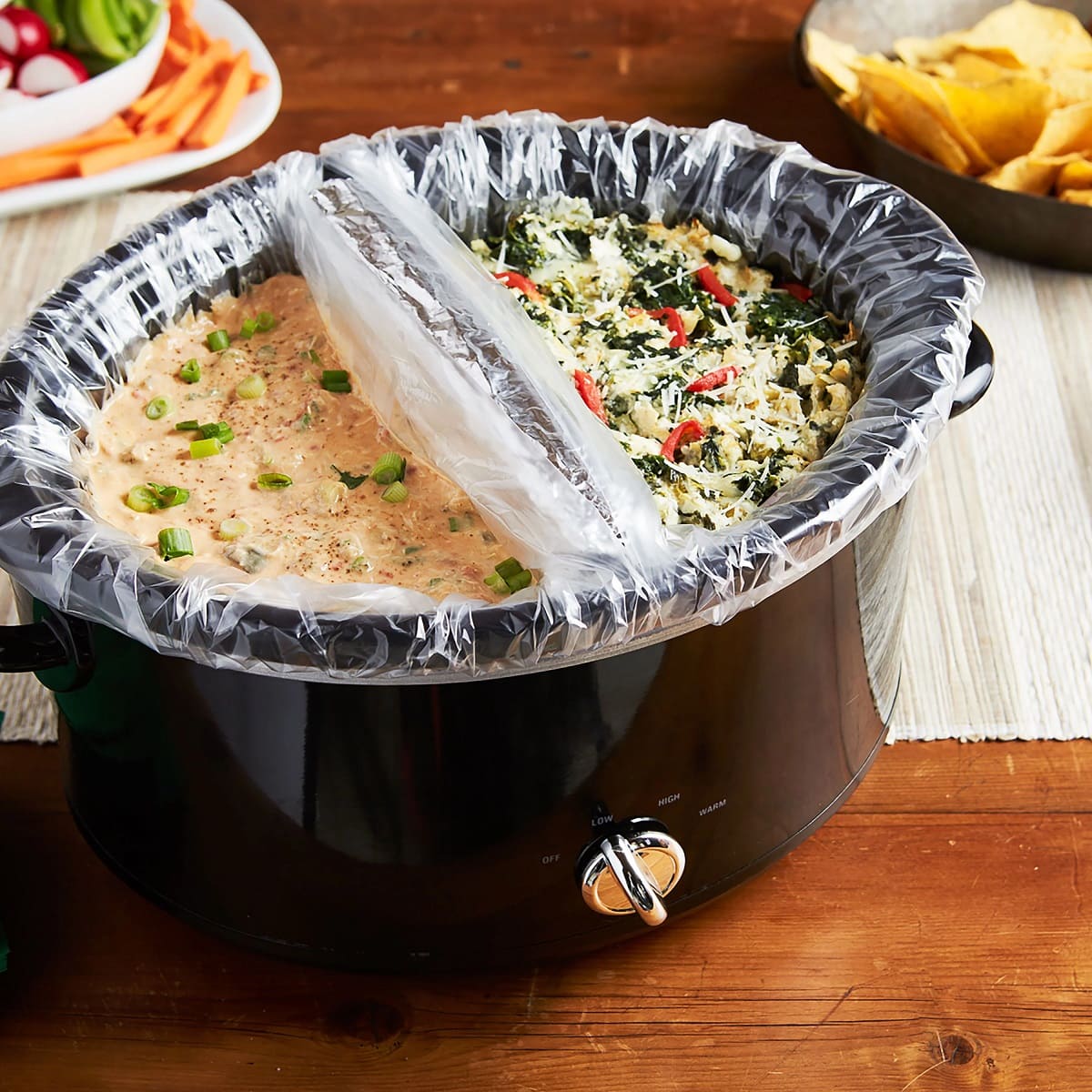
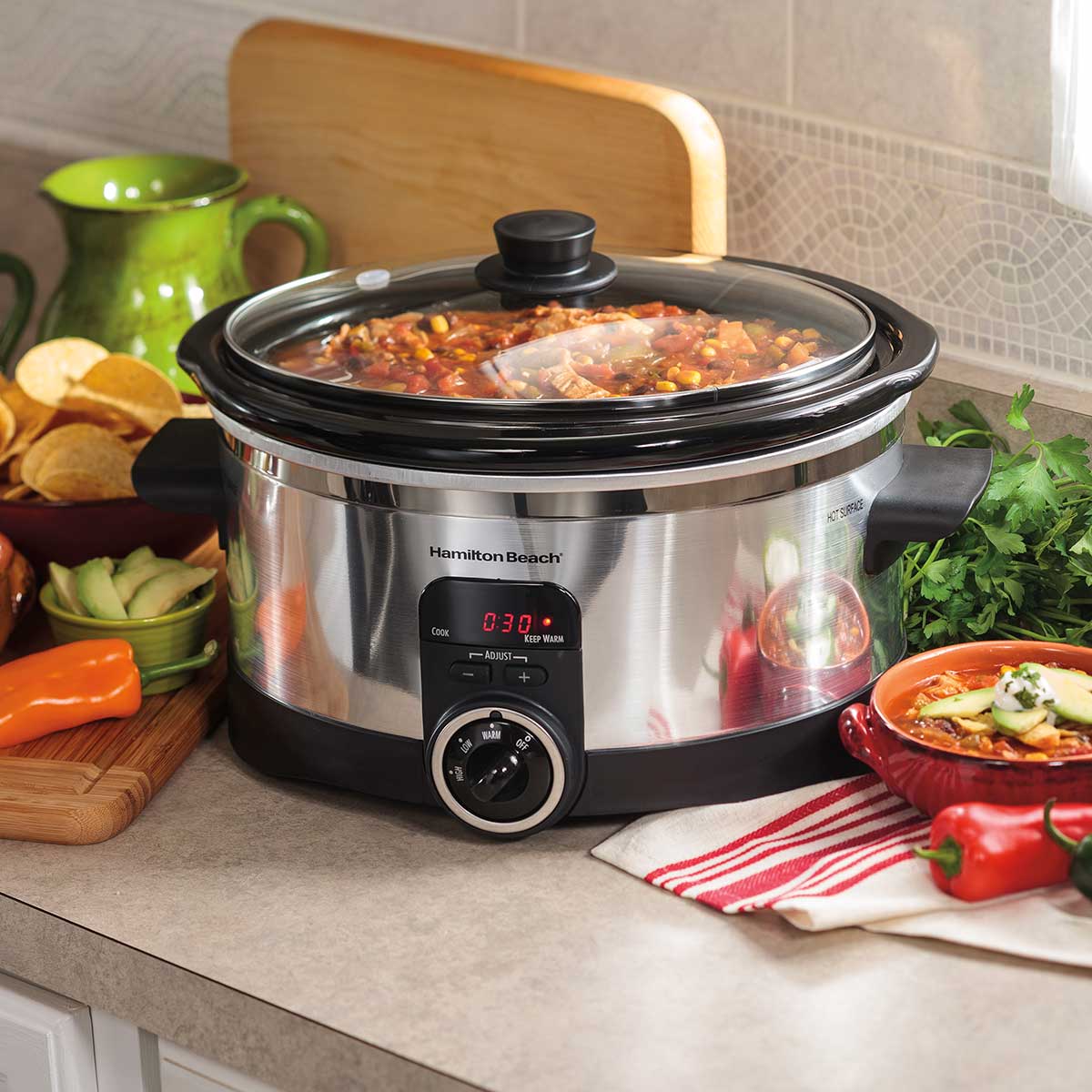
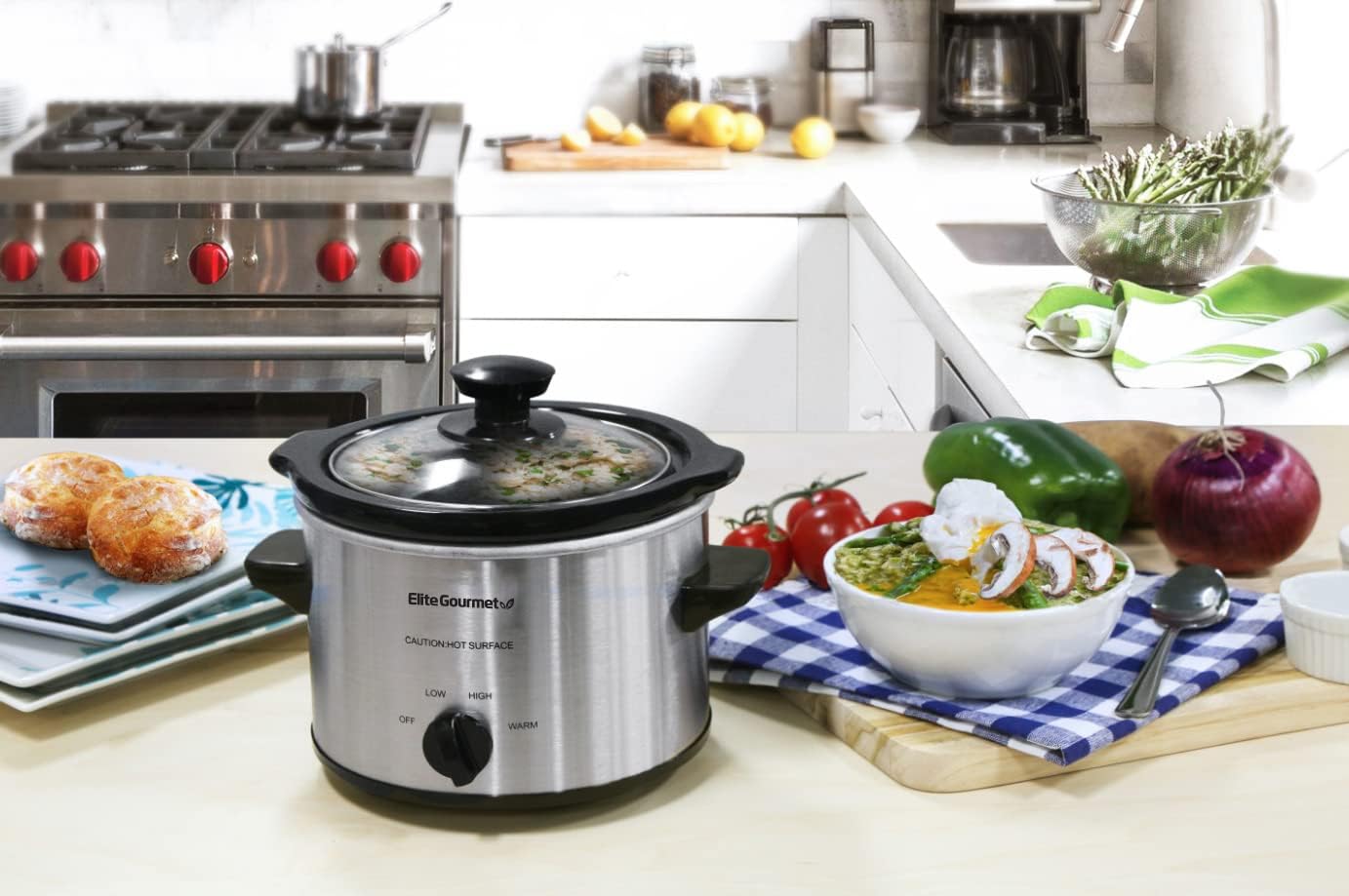
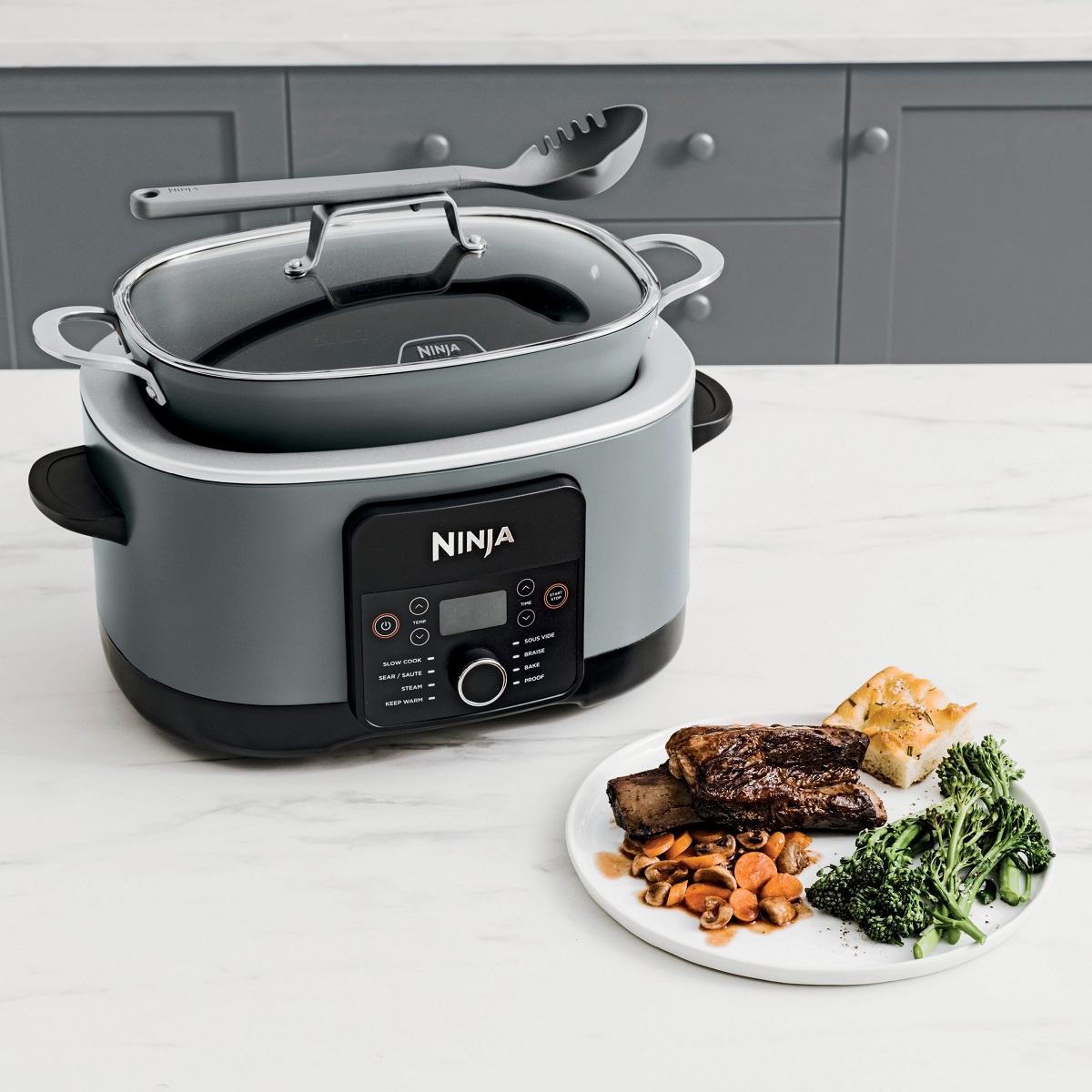
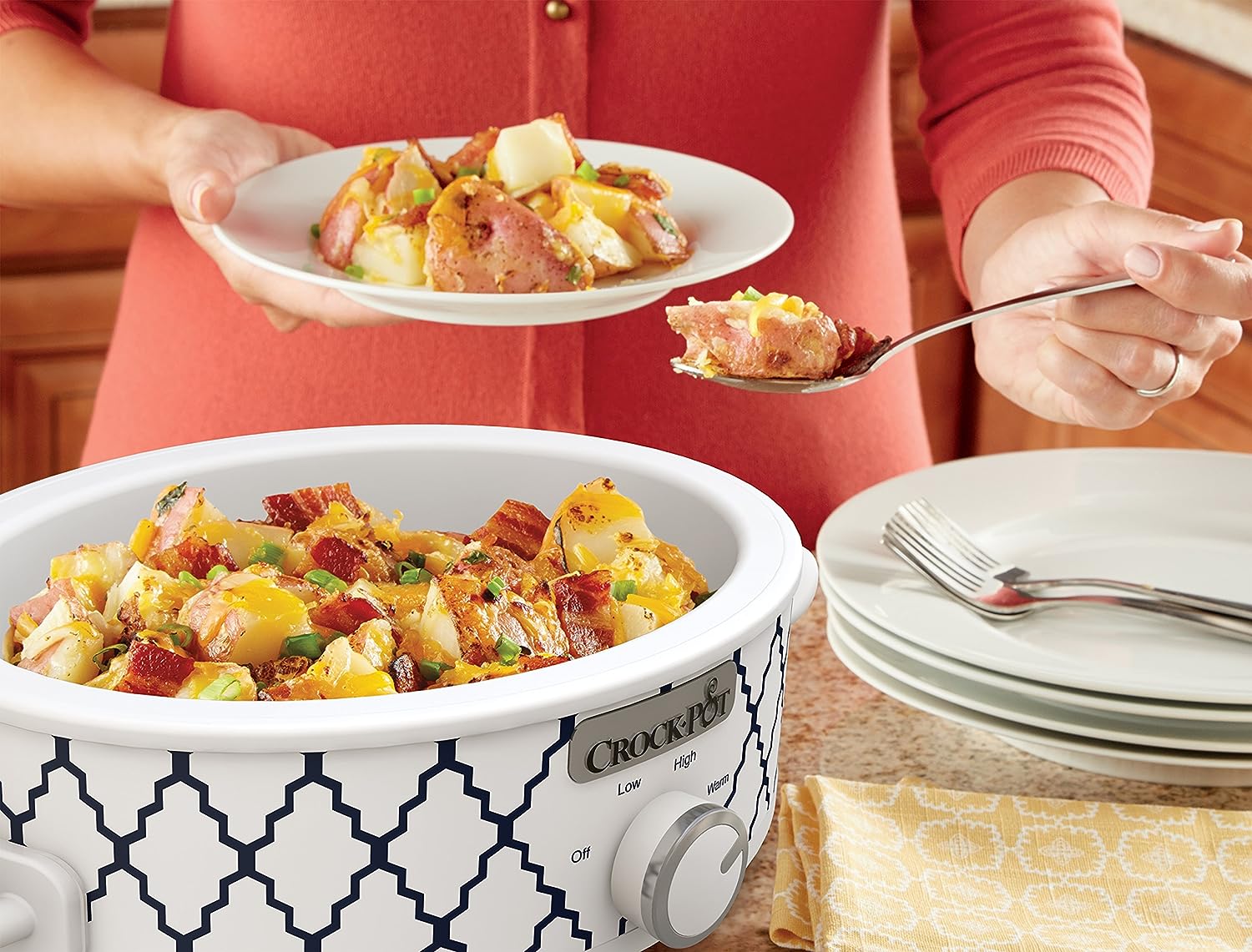
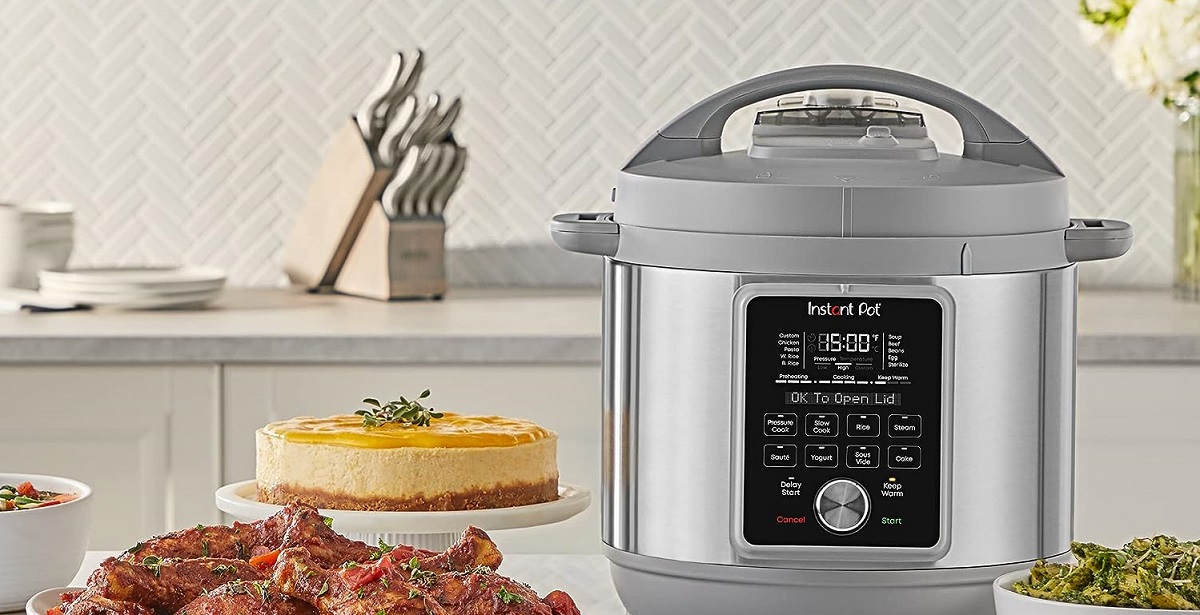
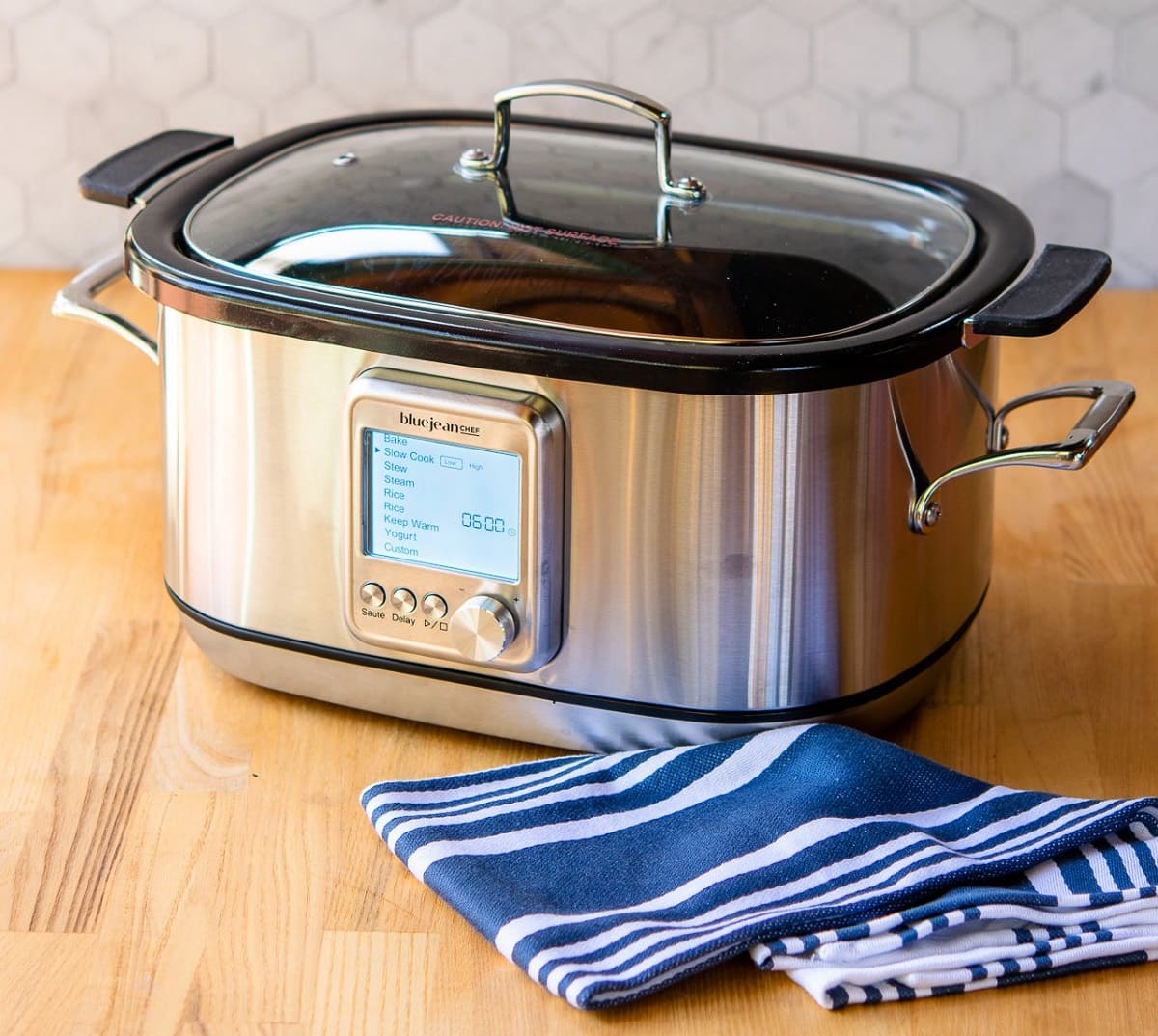
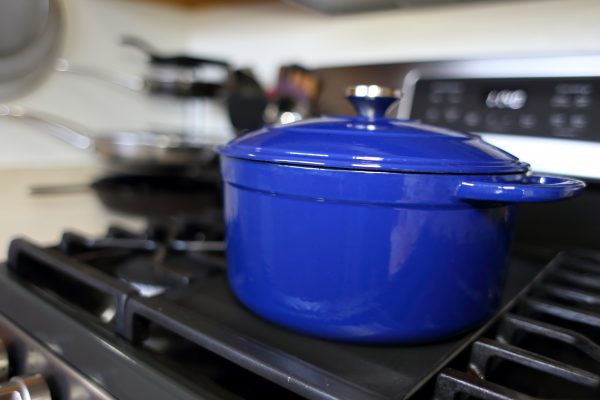
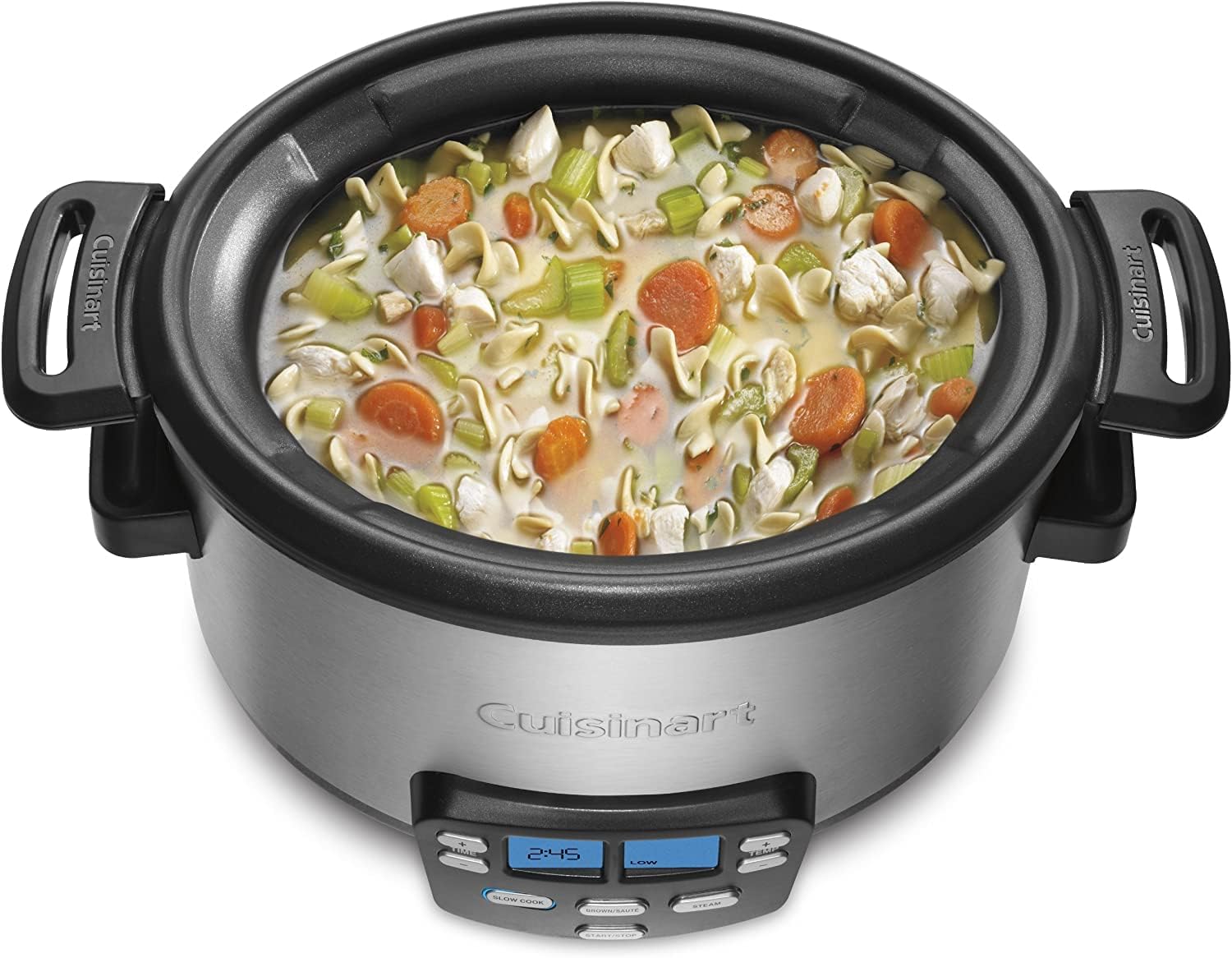
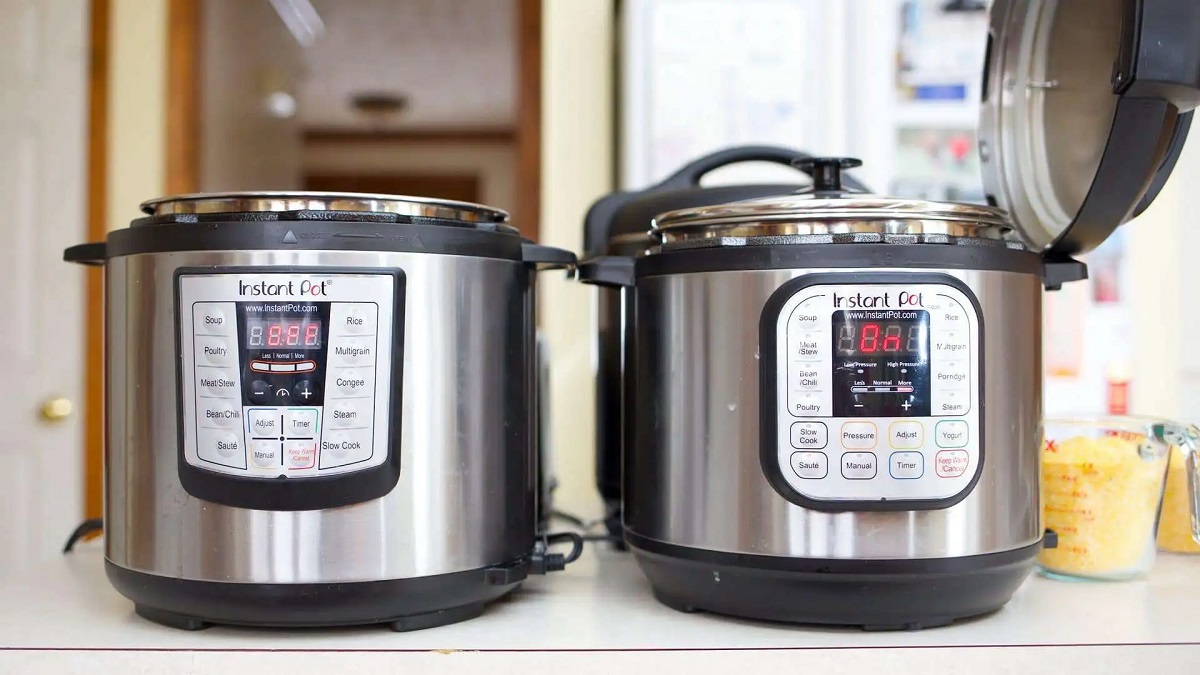
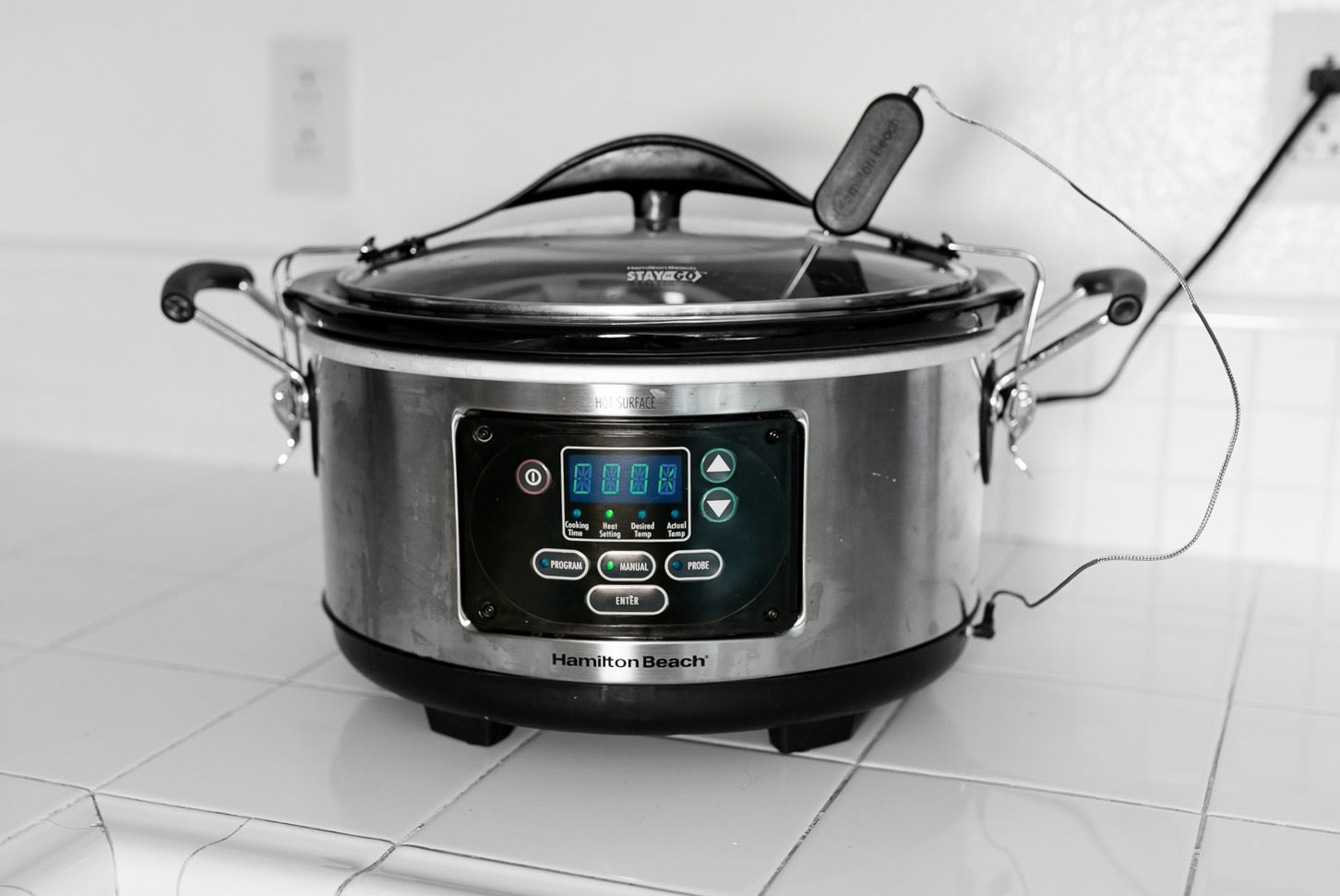
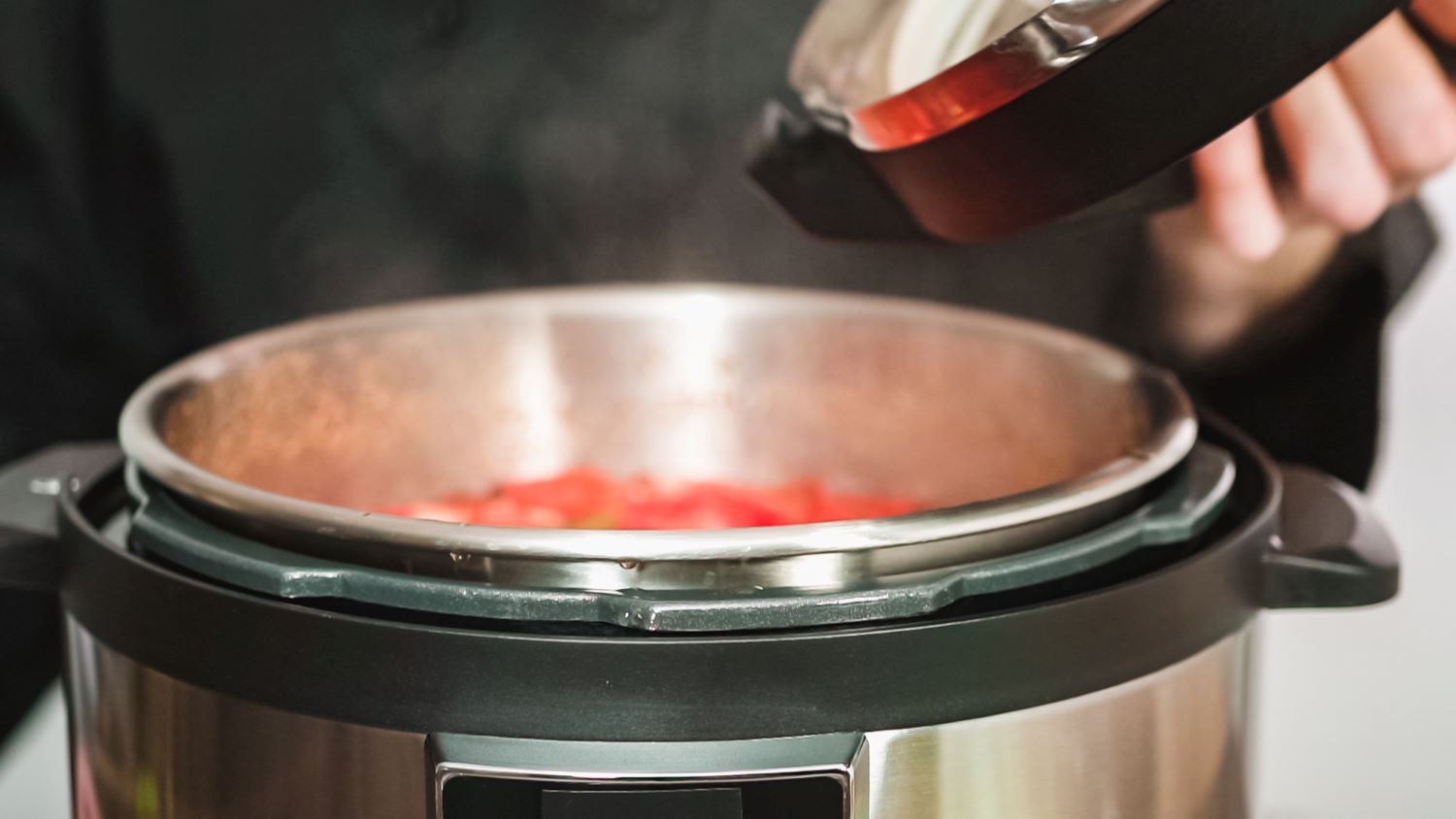
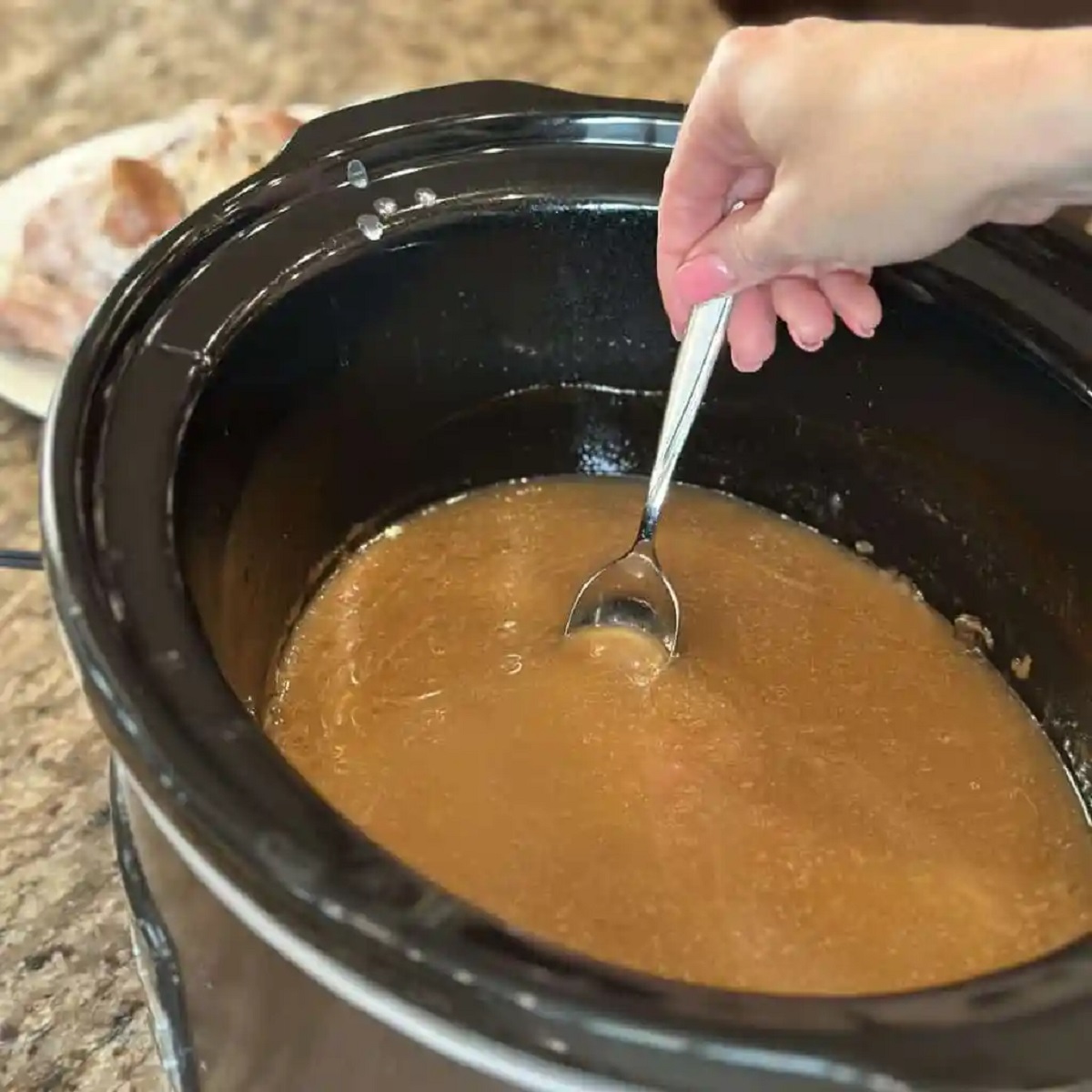
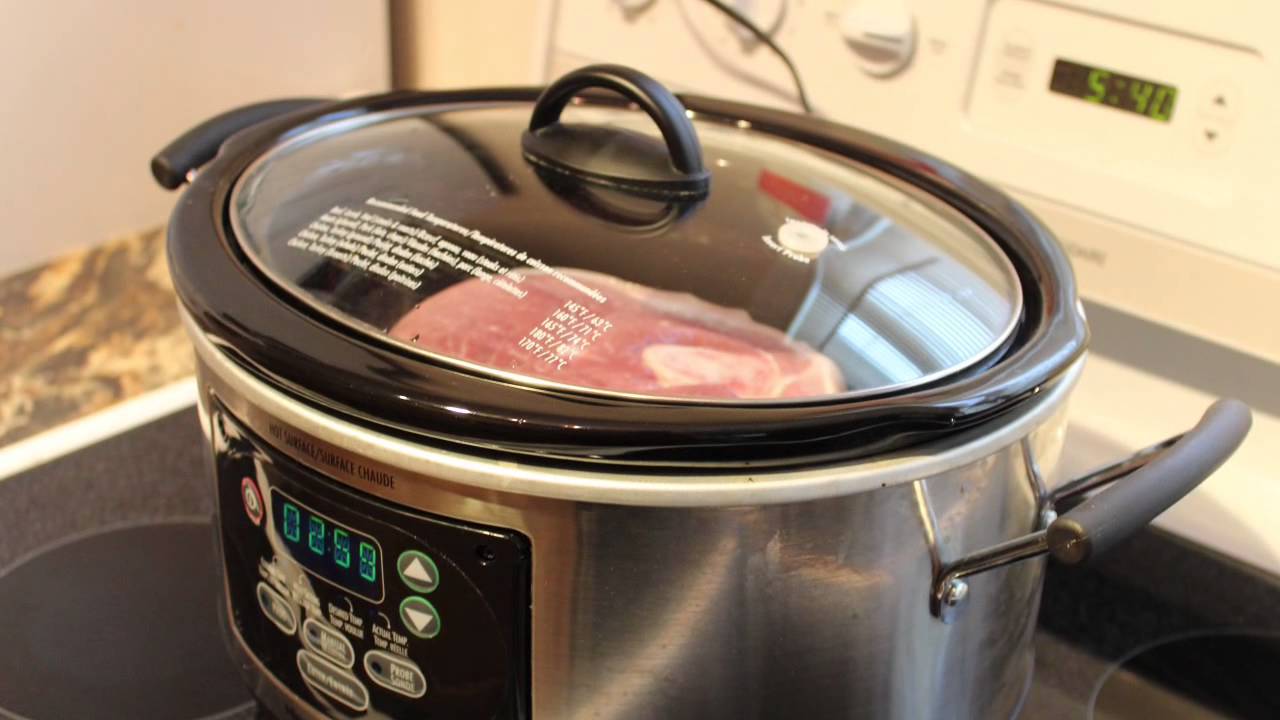

0 thoughts on “How To Use Dutch Oven As Slow Cooker”